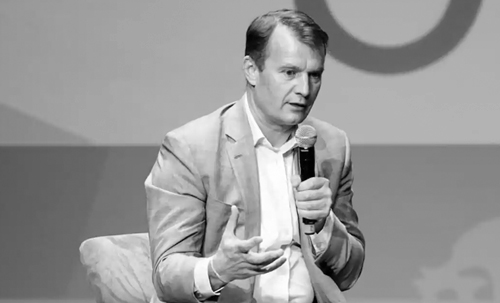In recent years, financial markets have undergone a true transformation driven by environmental awareness. A clear example of this is the rise of green and sustainable bonds, debt instruments designed to finance environmentally friendly projects. In just three years, from 2015 to 2018, their global volume increased from $36 billion to $240 billion, representing a 566% growth, according to data from the Bank of America Merrill Lynch index.
Although this trend will not maintain such an explosive pace, growth will continue. Fernando Delgado, fixed income director at BEKA Finance, predicts a more moderate but steady evolution. Beyond the financial aspect, these bonds generate a positive impact on companies’ reputations, positioning them as actors committed to sustainability. Johann Plé, green fund manager at AXA Investment Managers, explains that these types of issuances are a response to the growing social commitment to climate change and the transition to a low-carbon economy.
Spanish Success Stories
Spain has managed to stand out in this field. Telefónica was a pioneer in its sector by issuing a green bond, as did Repsol among oil companies. However, the most prominent name in this landscape is Iberdrola, considered one of the world’s leading companies in sustainable financing. In general, energy companies are the most active in these types of issuances, as they are directly linked to the energy transition. Still, compared to other European countries, the development of the green bond market in Spain has been slower.
Beyond the Corporate Sphere
Green bonds are not exclusive to the private sector. Some countries, such as France, Belgium, and Ireland, have already issued sovereign green debt to finance environmental or social initiatives. The Netherlands was expected to join in 2019, and experts encourage Spain to take this step following initial examples from autonomous communities and municipalities.
The Future of Green Bonds
Although the growth rate will not continue doubling annually as it has until now, interest in this form of financing keeps rising. New sectors, such as telecommunications, are beginning to participate, and more issuers are expected in areas like real estate and public services. Suzanne Buchta, global head of ESG Markets at Bank of America Merrill Lynch, emphasizes that this growth is driven by diverse players. In fact, banks were responsible for 28% of the 2018 issuances, with entities like BBVA leading innovations such as the first green bond structured with blockchain technology.




